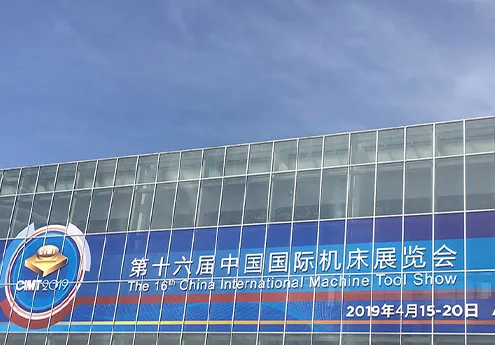corrugated wire tubing
Understanding Corrugated Wire Tubing A Versatile Solution for Wire Management
In today’s fast-paced world, efficient organization and protection of wires and cables are crucial for both safety and functionality. One innovative product that has garnered attention in the wire management arena is corrugated wire tubing. This flexible protective tubing offers a host of benefits, making it an indispensable component in various industries, including automotive, telecommunications, and electronics.
What is Corrugated Wire Tubing?
Corrugated wire tubing, also known as flexible conduit or corrugated ducting, is made from materials like polyethylene or polypropylene that provide excellent durability and flexibility. The corrugated aspect refers to its unique ribbed design, which enhances the tube's strength while allowing for easy bending and manipulation. This tubing is available in various sizes, colors, and configurations to accommodate different wire diameters and applications.
Protective Properties
One of the primary functions of corrugated wire tubing is protection. Wires and cables are often susceptible to abrasion, moisture, and chemical exposure, which can lead to short circuits, electrical failures, or safety hazards. The robust nature of corrugated tubing safeguards against these risks by acting as a shield. Its flexibility allows it to conform to tight spaces and intricate pathways, ensuring that cables remain insulated from potential damage.
Ease of Installation
Another significant advantage of corrugated wire tubing is its ease of installation. Unlike traditional conduit systems, which may require extensive modifications and fittings, corrugated tubing can be cut to the desired length and quickly installed with minimal tools. Many types of corrugated tubing are also lightweight, which simplifies the handling process during installation.
corrugated wire tubing

Versatility in Use
Corrugated wire tubing is incredibly versatile, making it suitable for a variety of applications. In automotive environments, it is often used to protect wiring harnesses from heat and physical abrasion. In telecommunications, it is employed to manage and safeguard cables in underground and overhead installations. The electronics industry also relies on corrugated tubing to ensure that sensitive wires are adequately shielded, reducing the risk of electromagnetic interference.
Cost-Effectiveness
In addition to its practical benefits, corrugated wire tubing is often a cost-effective solution. The material is generally affordable, and its durability means that it does not have to be replaced frequently. This factor can lead to significant savings over time, particularly in large-scale projects where wire management is a critical element.
Environmental Considerations
As industries strive to become more environmentally conscious, many manufacturers now produce corrugated tubing from recyclable materials. This reduction of waste, coupled with the longevity of the product, makes corrugated wire tubing a sustainable choice for companies looking to minimize their ecological footprint.
Conclusion
In summary, corrugated wire tubing is more than just a protective cover for cables; it is a multifunctional solution that enhances safety, simplifies installation, and promotes organization in various settings. Its flexibility, durability, and cost-effectiveness make it an essential tool for professionals in numerous industries. As technology continues to advance, the solutions for wire management will likely evolve, but the adaptability and reliability of corrugated wire tubing will continue to hold a vital place in the field. Whether in complex machinery or everyday electronics, this tubing promises to be a reliable ally for years to come.








